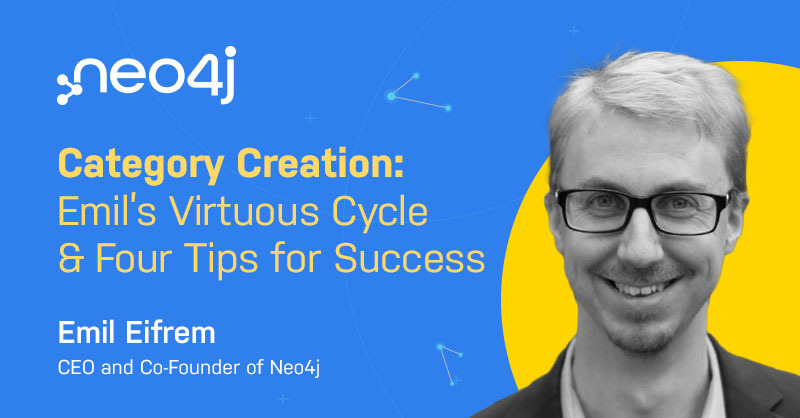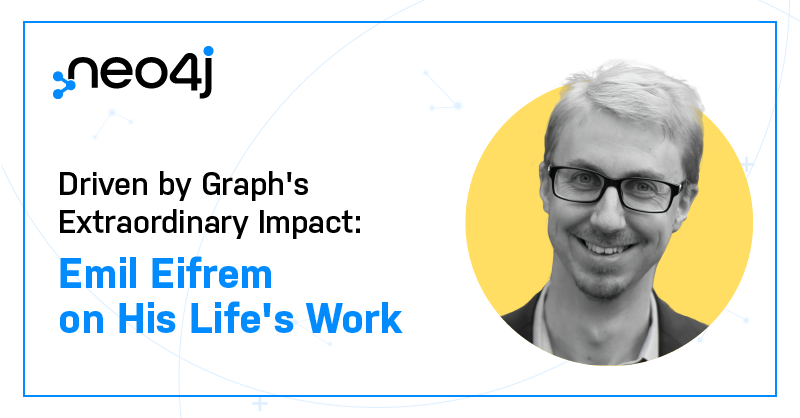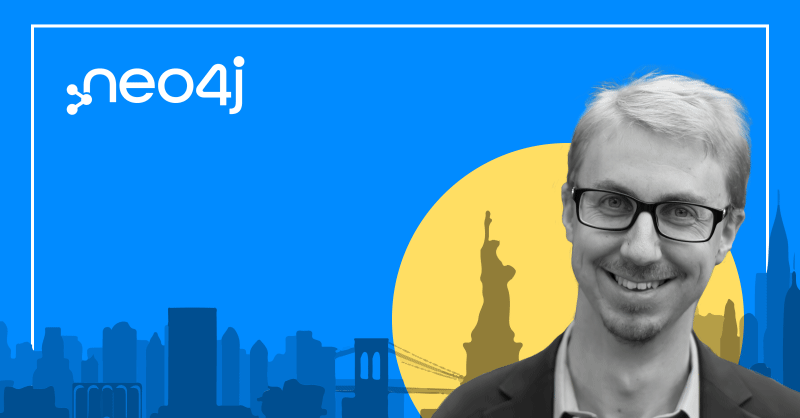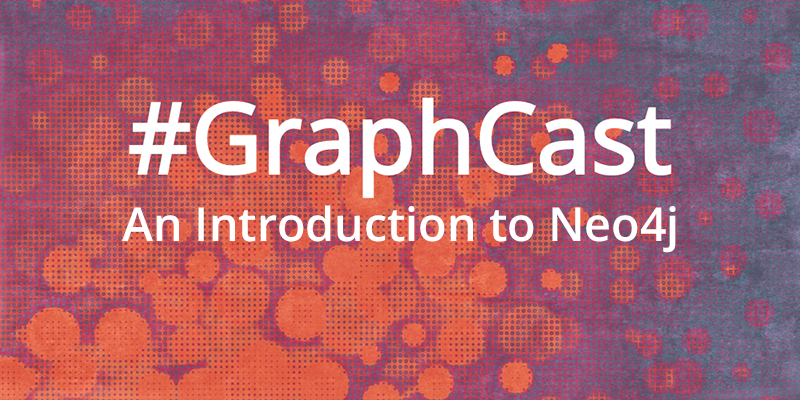Category Creation: Emil Eifrem’s Virtuous Cycle & Four Tips for Success

Neo4j Contributing Writer
4 min read

Emil Eifrem, CEO and Co-Founder of Neo4j, offers his advice from years of experience successfully leading the graph database industry.
In case you missed his talk at the SaaStr Annual 2021 Conference, I’ll cover his key ideas for what it takes to become a category leading infrastructure company in the cloud.
Virtuous Cycle As a Framework for Success

In his keynote, Emil starts by introducing his general framework for growth, which he views as a virtuous cycle. Here are the four stages of Emil’s virtuous cycle:
- Awareness: You want people to be excited about your company! In addition to meeting developers at events and engaging them on third-party forums, community programs like Graphs4Good have helped people learn about Neo4j and ultimately enabled Neo4j to gain traction with journalists. Some community programs won’t generate money, but they make meaningful impacts in the world and create valuable awareness – which brings more people into the virtuous cycle.
- Activation: Once people are aware of your product, you want them to use it in an interesting and valuable way to solve their problem. It helps to evolve your product to make it as easy as possible for users to find success. For example, activation was made easier for users at Neo4j through free desktop and cloud offerings that lowered the barriers to getting started.
- Fit / User Centricity: You want to evolve your product to meet the needs of as many users as possible. Neo4j has always been an open source tool, making it widely available to all developers. After Neo4j created its easy-to-use query language, Cypher, it opened up the language for competitor graph databases to use it too. It may sound counterintuitive to grant access to competitors, but it has made Cypher the standard graph database query language, similar to how SQL is the standard relational database query language.
- Growth: Following user centricity, growth is about sharing. Users sharing their success drive in the next wave of users, which brings us back to the awareness stage of the cycle. For example, the ICIJ’s Panama Papers, one of the world’s most groundbreaking investigative news stories, has generated growing awareness of Neo4j by successfully using the database to make connections and find hidden assets. Another example of customer growth leading to increased awareness is NASA crediting Neo4j with getting us to Mars two years ahead of schedule.
“Neo4j saved well over two years of work and one million dollars of taxpayer funds.” – David Meza, Chief Knowledge Architect at NASA
Now that we have the growth framework down, here are Emil’s four bonus tips for success.
Four Tips for Success
Tip #1: Be Everywhere. Distribute! Wherever people want to use your software, you should be there, whether it’s in the cloud or on-premise.
Tip #2: Free Tier > Free Trial. Free tier is greater than free trial. Free trial can generate leads, but a free tier, which users can use forever, generates users who will advocate for your product. Both free tier and free trial deliver value, but with free trial, the value is only transient because the trial is time-bound. Free tier allows more people to use the product for longer than a free trial does.
Tip #3: Redraw Differentiation. Most infrastructure tool companies start as open source projects, and early on have to decide which features to include in their free open source version versus the paid version of the software. This decision is critical early on in a company because they have to offer enough functionality on the free version to make it useful but also give users a good reason to upgrade to the paid version. Now that open source companies are also offering their software in the cloud, a similar question arises around what to offer in their free cloud version versus their paid cloud version. The cloud gives companies more options than open source for differentiating their free and paid products. For instance, open source free versus paid tool differentiation was just on features and licenses. In the cloud, the differentiation can still be on features but also on usage, such as memory consumption, memory footprint on disk, and CPU consumption.
Tip #4: Keep Your Friends Close and Cloud Platforms Closer. While the cloud platforms are likely to become your biggest distributor, they can also become your biggest competitor by offering similar software to yours at a discount. When a large company enters your company’s field, this isn’t always a bad thing. In fact, it can be validation for your category. The same can be said for category creation. When competitors enter your category, this is validation that your product is catching on. A competitor is only a threat when they have more resources and offer the same product as you. Emil offers two solutions for making sure the competing cloud platforms can’t offer your same product: adjust your open source licenses, and create feature differentiation between your free and paid cloud products to make your entry point more attractive to customers.
These tips can stand alone or can all be combined to really drive home success, especially when used within the virtuous cycle framework. With the massive shift to the cloud, it’s an incredibly advantageous time to build infrastructure companies.
Now that I’ve explained Emil’s blueprint for success, I’ll end on one last inspirational reminder from Neo4j’s intrepid leader: “A blueprint has emerged; Don’t follow it, be inspired by it!”








